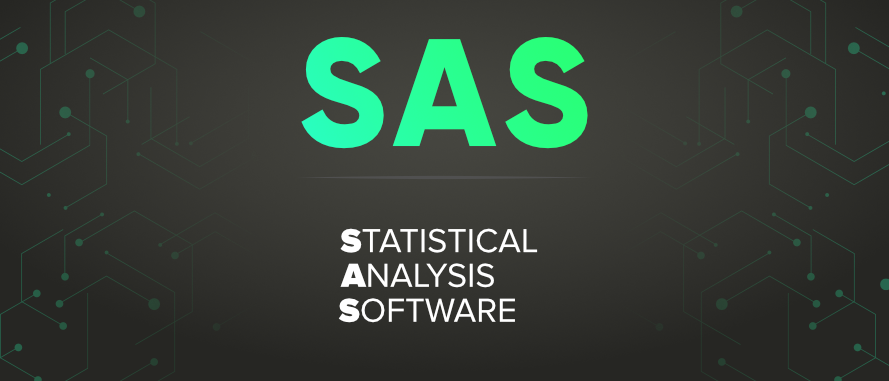Description
Introduction of Databricks and Delta Lake:
This course is designed for data engineers, architects, and analysts who want to master Delta Lake and its capabilities for building and managing robust data lakes. Delta Lake extends Apache Spark with ACID transactions, scalable metadata handling, and unification of streaming and batch data processing. Participants will learn how to leverage Delta Lake to create reliable, scalable, and performant data lakes. The course covers Delta Lake’s architecture, key features, and best practices for optimizing data storage and processing. Through hands-on labs and real-world scenarios, learners will gain practical experience in implementing Delta Lake solutions for enterprise data environments.
Prerequisites of Databricks and Delta Lake:
- Basic understanding of data lakes and data engineering concepts.
- Familiarity with Apache Spark and data processing frameworks.
- Experience with SQL and data manipulation.
- Prior completion of introductory courses in Databricks or Apache Spark is beneficial but not required.
Table of Content:
- Introduction to Delta Lake
1.1 Overview of Delta Lake and its role in modern data architecture
1.2 Key features and benefits: ACID transactions, schema enforcement, and time travel
1.3 Comparison with traditional data lakes and other data management solutions
1.4 Use cases and real-world applications of Delta Lake
- Setting Up Delta Lake
2.1 Installing and configuring Delta Lake with Apache Spark
2.2 Integrating Delta Lake with existing data lakes and storage solutions
2.3 Creating and managing Delta Lake tables
2.4 Basic operations: Creating, reading, and writing Delta tables
- Delta Lake Architecture and Components
3.1 Understanding Delta Lake’s architecture: Delta Log, Metadata, and Data Files
3.2 How Delta Lake handles data consistency and metadata management
3.3 The role of the Delta Log in transaction management and data recovery
3.4 Exploring Delta Lake’s data file formats and organization
- Data Management with Delta Lake
4.1 Managing schema evolution and enforcement with Delta Lake
4.2 Handling data updates, deletions, and merges efficiently
4.3 Implementing ACID transactions for reliable data operations
4.4 Using time travel to access historical data and perform audits
- Performance Optimization in Delta Lake
5.1 Techniques for optimizing data storage and query performance
5.2 Partitioning strategies and data layout optimization
5.3 Z-Ordering and data skipping for faster query execution
5.4 Vacuuming and file compaction to maintain performance
- Streaming and Batch Processing with Delta Lake
6.1 Unified streaming and batch processing with Delta Lake
6.2 Implementing Structured Streaming with Delta Lake tables
6.3 Managing streaming data ingestion and processing challenges
6.4 Case study: Building a real-time data pipeline with Delta Lake
- Advanced Data Operations
7.1 Advanced data transformations and operations using Delta Lake
7.2 Handling complex joins, aggregations, and analytics
7.3 Working with large-scale data: Optimizing performance for big data
7.4 Best practices for handling concurrent read and write operations
- Integrating Delta Lake with Data Warehouses
8.1 Connecting Delta Lake with external data warehouses (Snowflake, Redshift, BigQuery)
8.2 Using Delta Lake as a staging layer for data warehousing
8.3 Best practices for data integration and ETL pipelines
8.4 Case study: Integrating Delta Lake with a cloud data warehouse
- Security and Governance with Delta Lake
9.1 Implementing data security and access controls in Delta Lake
9.2 Managing data privacy and compliance requirements
9.3 Data lineage and auditing with Delta Lake
9.4 Role-based access and encryption for data protection
- Monitoring and Troubleshooting Delta Lake
10.1 Monitoring Delta Lake performance and health
10.2 Diagnosing and troubleshooting common issues
10.3 Using logging and metrics for issue resolution
10.4 Case study: Resolving performance and consistency issues
- Best Practices and Advanced Topics
11.1 Best practices for building and maintaining a robust data lake with Delta Lake
11.2 Exploring advanced features and upcoming enhancements
11.3 Case studies and industry examples of successful Delta Lake implementations
11.4 Future trends in data lake technology and Delta Lake innovations
- Final Project: Building a Robust Data Lake with Delta Lake
12.1 Designing and implementing a complete data lake solution
12.2 Incorporating Delta Lake features and best practices
12.3 Demonstrating performance optimizations and advanced operations
12.4 Presenting and reviewing project outcomes and lessons learned
- Conclusion and Next Steps
13.1 Recap of key concepts and techniques
13.2 Additional resources and further learning opportunities
13.3 Certification paths and career advancement with Delta Lake expertise
13.4 Future developments and staying current with Delta Lake technology
In conclusion, Databricks and Delta Lake empowers organizations with reliable data management through features like ACID transactions and time travel, enhancing data integration and governance. Its advanced capabilities enable data professionals to drive innovation and maintain a competitive edge in the data landscape.
If you are looking for customized info, Please contact us here
Reference







Reviews
There are no reviews yet.